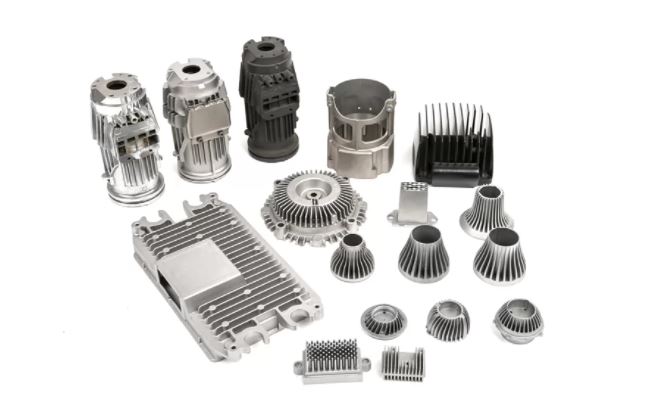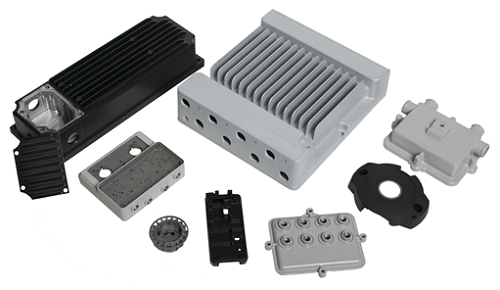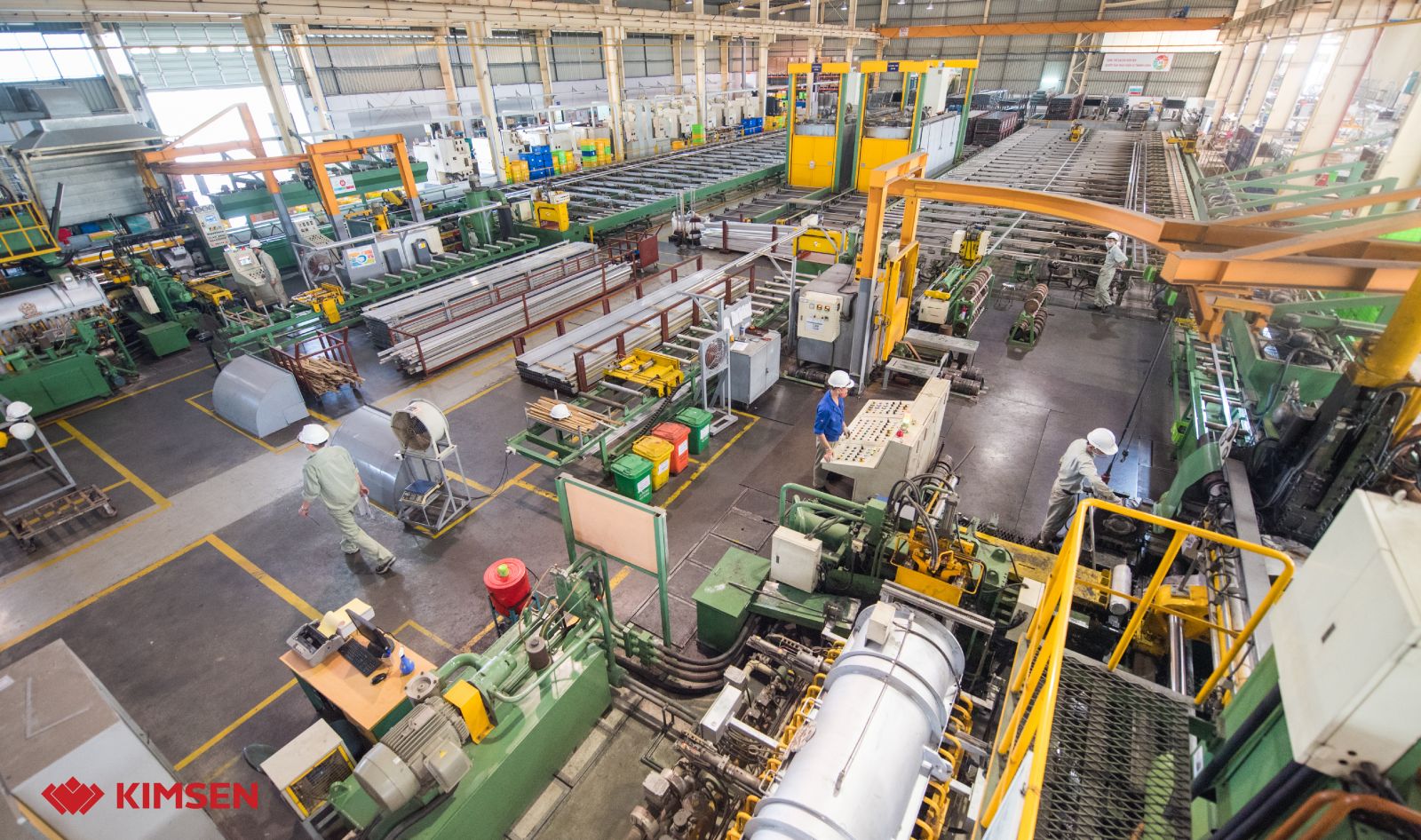Extrusion aluminum VS die cast heat sink

Extrusion aluminum or die cast heat sink?
The two types of radiators have their own advantages and disadvantages, and must be analyzed different angles, especially in combination with the specific production mode and requirements of each company and customers. It cannot be simply assumed that the use of a certain radiator is the best choice. In some cases, the aluminum heat sink of the profile is the best. In some cases, the die-cast aluminum heat sink is the best. It is necessary to choose which structure to use as the heat sink. Appearance requires beautiful appearance, and the shape of the complex luminaire should be designed as a die-casting structure. Otherwise, the shape is relatively regular, and the product with good symmetry can use the profile heat dissipation structure.
If the product of the same shape, the price of die-casting mold is high, the price of profile drawing die is lower, but the subsequent processing price of profile is high, and the price of die-casting is cheap. In addition, the price of die-cast aluminum materials is relatively cheap, and the price of aluminum profiles will be more expensive.
The advantages and disadvantages of the two types of radiators
1. Aluminum profile radiator
Aluminum profile radiator, the material is mostly A6063 material, need to open aluminum profile die.
-01.jpg)
Advantages:
-
The product heat dissipation effect is relatively good.
-
The surface treatment of the finished product such as anodization is relatively easy. The surface of the aluminum profile heat sink is anodized for surface treatment to increase the corrosion resistance, wear resistance and appearance of the aluminum material.
-
The mold making cycle is usually 10-15 days, and the mold price is cheap.
Disadvantages: The later machining costs are higher and the output is lower.
A6063 chemical component:
| Component | Al | Si | Cu | Mg | Zn | Mn | Ti | Cr | Fe |
| % | balance | 0.20~0.6 | ≤0.10 | 0.45~0.9 | ≤0.10 | ≤0.10 | ≤0.10 | ≤0.10 | 0.00~ 0.350 |
A6063 mechanic properties:
| Properties | Tensile strength | Elongation | Yield strength | Thermal conductivity W(m·K) |
| Parameter | σb (MPa):≥205 | δ5 (%):≥9 | σ0.2 (MPa):≥170 | 210 |
2. Die-casting radiators
ZL102/A380/ADC-12 materials are often used for materials, and die-casting molds are required for die-casting radiators.
 (Image source: Internet)
(Image source: Internet)
Advantages: Low processing costs and high productivity, if the mold allows the production of radiators of various shapes.
Disadvantages: High mold cost, long mold production cycle, usually takes 30 to 45 days.。
ZL102 material component:
| Component | Si | Al | Fe | Cu | Mn | Mg | Zn | Ti |
| % | 10.0-13. | balance | 0.000~1.000 | ≤0.30 | ≤0.5 | 0≤0.10 | ≤0.1 | ≤0.20 |
ZL102 Mechanic properties:
| Properties | Tensile strength | Elongation | Yield strength | Thermal conductivity W(m·K) |
| Parameter | σb (MPa):≥145 | δ5 (%):≥4 | ≥50 | 155 |
3. Conclusion
In short, in the actual design of the radiator, it must be combined with the specific use, comprehensive considerations need to consider various factors, on the basis of the maximum to minimize the cost of new products, including material costs, mold costs, etc., in the use of lamps The choice of the right structure in the context of environmental and safety, the key is that the structure selection requirements are reasonable, the heat dissipation effect is relatively good, only to achieve this point, the best design solution for the LED heat sink is found.
KIMSEN is proud to bring high quality extruded aluminum, components & modules which meet international standards
-01.jpg)
Currently, KIMSEN is operating 3 modern technology aluminum extrusion lines with wattage of 920 UST, 1100 UST & 1880 UST, which are able to produce approximately 1.000 tons/month.

Aluminum extrusion lines with wattage of 920 UST, 1100 UST & 1880 UST
For specific advice, please contact Hotline +84 93 867 6005 or email info@kimsen.vn
Source: reigstone.com


 Chia sẻ:
Chia sẻ: